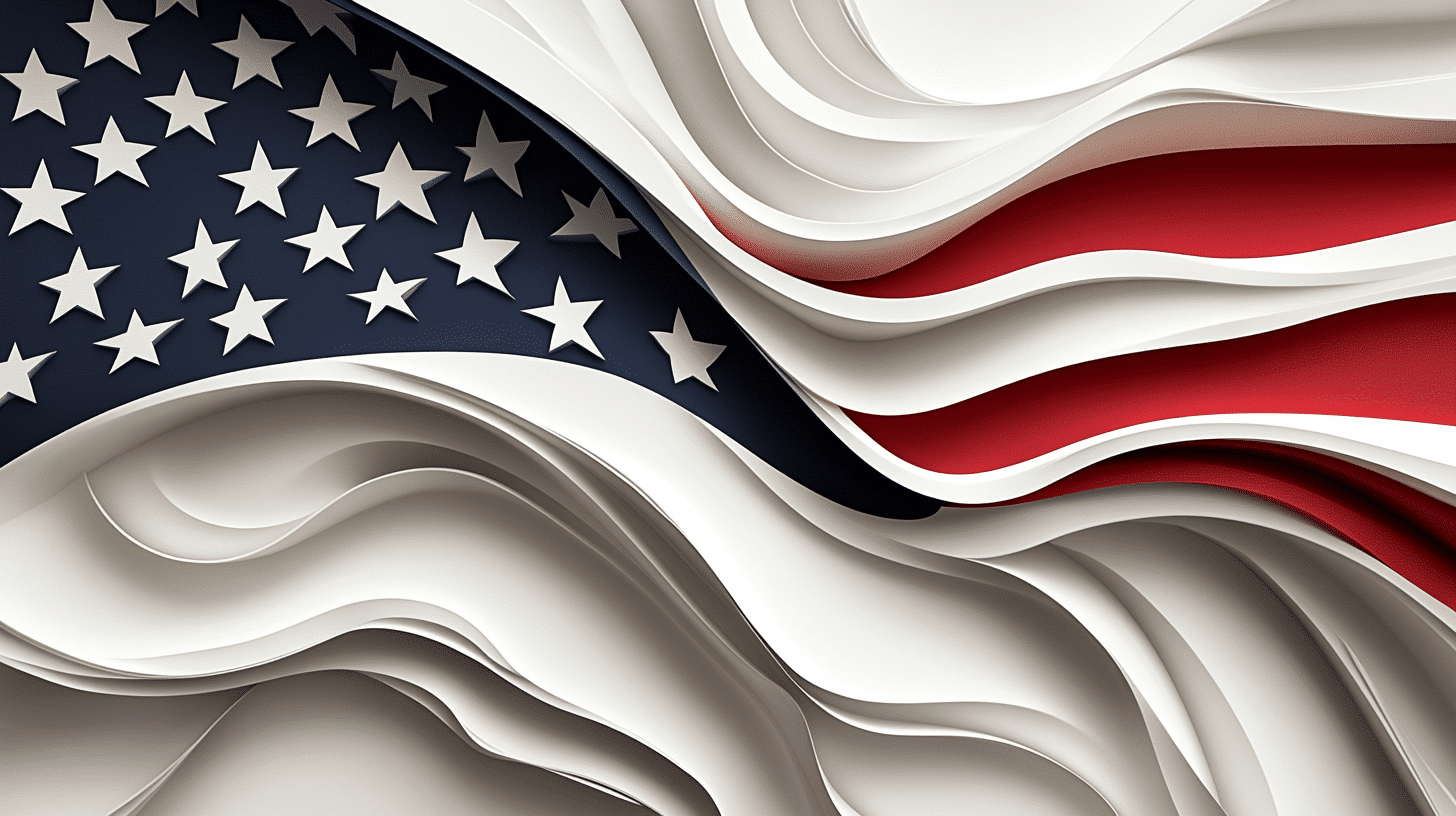What is National Reconciliation Day?
National Reconciliation Day, observed on April 2nd each year, serves as a call to action for individuals to mend and heal relationships that have been strained or broken. This day emphasizes the power of reconciliation in personal relationships, encouraging everyone to bridge gaps created by misunderstandings, harsh words, or long-standing disputes. It’s a time to reflect on the significance of forgiveness, understanding, and communication in fostering healthy and meaningful connections.
History and Origin
The inspiration for National Reconciliation Day is attributed to Ann Landers, a renowned advice columnist who, in 1989, recognized the need for a dedicated day to encourage her readers to reconcile broken relationships. Responding to a reader’s suggestion, Landers promoted April 2nd as an annual opportunity for reconciliation, advocating for the healing and mending of personal rifts. This day has since evolved into a broader observance, emphasizing the universal values of peace and reconciliation in interpersonal relations.
Who Celebrates National Reconciliation Day?
- Individuals Seeking Closure: Those carrying the burden of unresolved conflicts see this day as an opportunity to seek closure and peace.
- Families Apart: Family members estranged due to disagreements or misunderstandings use the day to rekindle their bonds.
- Former Friends: Long-lost friends affected by disputes find a reason to reconnect and revive their friendship.
- Community Groups: Organizations that focus on mental health and community well-being promote reconciliation as a step towards healing.
- Educators and Students: Schools and educational institutions incorporate lessons on conflict resolution, emphasizing the importance of making amends.
Colors, Symbols, and Patterns
While National Reconciliation Day does not have officially designated colors, symbols, or patterns, several themes resonate with the spirit of the observance:
- Colors: Soft, calming colors such as light blue and green are often associated with peace and renewal, reflecting the day’s aim of healing and reconciliation.
- Symbols:
- The olive branch, a universal symbol of peace, signifies the offering of reconciliation and the willingness to mend relationships.
- Interlocking hands represent unity and the coming together of individuals after a period of separation or conflict.
- The broken chain that has been repaired or reconnected serves as a powerful metaphor for mended relationships and the strength found in forgiveness.
- Patterns: Imagery that incorporates bridges or pathways suggests moving from a place of estrangement to one of understanding and reunion. These patterns can be metaphorically used in promotional materials to illustrate the journey of reconciliation.
Most Used Hashtags
- #NationalReconciliationDay
- #ForgiveAndForget
- #HealAndReconnect
- #PeacefulResolution
- #BridgeTheGap
How to Celebrate
- Initiate Contact: Take the first step by reaching out to someone you’ve lost touch with due to disagreements or misunderstandings.
- Write a Letter: Sometimes, writing can express thoughts and feelings more comfortably. Consider writing a letter to convey your desire to reconcile.
- Host a Reconciliation Gathering: If possible, organize a small, informal meeting to discuss and resolve past issues face-to-face.
- Practice Active Forgiveness: Embrace forgiveness, both offering and asking for it, as a foundational step towards reconciliation.
- Reflect and Share: Use social media to share your journey of reconciliation or to encourage others to take steps towards mending relationships.
National Reconciliation Day emphasizes the importance of healing and rebuilding connections. It serves as a reminder that, despite past conflicts, the possibility for reconciliation exists and that taking even small steps towards understanding and forgiveness can lead to meaningful resolutions and stronger relationships.
April 2: Reconciliation Day (United States)
Why do you keep falling for the same type?
Read the article Lovemaps: the hidden blueprint of our love.

